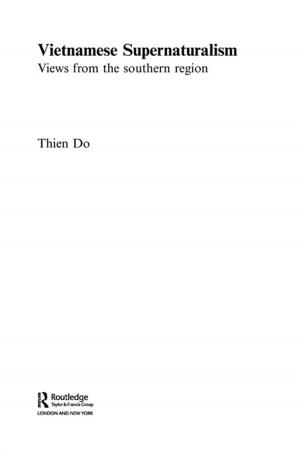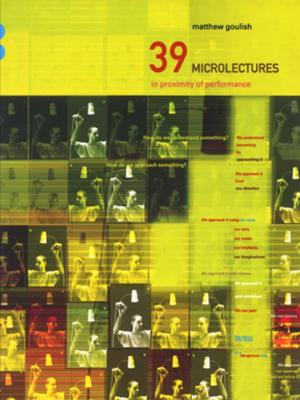Issues and Applications of Case-Based Reasoning to Design
Nonfiction, Health & Well Being, Psychology, Cognitive Psychology| Author: | ISBN: | 9781317778905 | |
| Publisher: | Taylor and Francis | Publication: | February 25, 2014 |
| Imprint: | Psychology Press | Language: | English |
| Author: | |
| ISBN: | 9781317778905 |
| Publisher: | Taylor and Francis |
| Publication: | February 25, 2014 |
| Imprint: | Psychology Press |
| Language: | English |
Design is believed to be one of the most interesting and challenging problem-solving activities ever facing artificial intelligence (AI) researchers. Knowledge-based systems using rule-based and model-based reasoning techniques have been applied to build design automation and/or design decision support systems. Although such systems have met with some success, difficulties have been encountered in terms of formalizing such generalized design experiences as rules, logic, and domain models. Recently, researchers have been exploring the idea of using case-based reasoning (CBR) techniques to complement or replace other approaches to design support.
CBR can be considered as an alternative to paradigms such as rule-based and model-based reasoning. Rule-based expert systems capture knowledge in the form of if-then rules which are usually identified by a domain expert. Model-based reasoning aims at formulating knowledge in the form of principles to cover the various aspects of a problem domain. These principles, which are more general than if-then rules, comprise a model which an expert system may use to solve problems. Model-based reasoning (MBR) is sometimes called reasoning from first principles. Instead of generalizing knowledge into rules or models, CBR is an experience-based method. Thus, specific cases, corresponding to prior problem-solving experiences, comprise the main knowledge sources in a CBR system.
This volume includes a collection of chapters that describe specific projects in which case-based reasoning is the focus for the representation and reasoning in a particular design domain. The chapters provide a broad spectrum of applications and issues in applying and extending the concept of CBR to design. Each chapter provides its own introduction to CBR concepts and principles.
Design is believed to be one of the most interesting and challenging problem-solving activities ever facing artificial intelligence (AI) researchers. Knowledge-based systems using rule-based and model-based reasoning techniques have been applied to build design automation and/or design decision support systems. Although such systems have met with some success, difficulties have been encountered in terms of formalizing such generalized design experiences as rules, logic, and domain models. Recently, researchers have been exploring the idea of using case-based reasoning (CBR) techniques to complement or replace other approaches to design support.
CBR can be considered as an alternative to paradigms such as rule-based and model-based reasoning. Rule-based expert systems capture knowledge in the form of if-then rules which are usually identified by a domain expert. Model-based reasoning aims at formulating knowledge in the form of principles to cover the various aspects of a problem domain. These principles, which are more general than if-then rules, comprise a model which an expert system may use to solve problems. Model-based reasoning (MBR) is sometimes called reasoning from first principles. Instead of generalizing knowledge into rules or models, CBR is an experience-based method. Thus, specific cases, corresponding to prior problem-solving experiences, comprise the main knowledge sources in a CBR system.
This volume includes a collection of chapters that describe specific projects in which case-based reasoning is the focus for the representation and reasoning in a particular design domain. The chapters provide a broad spectrum of applications and issues in applying and extending the concept of CBR to design. Each chapter provides its own introduction to CBR concepts and principles.















